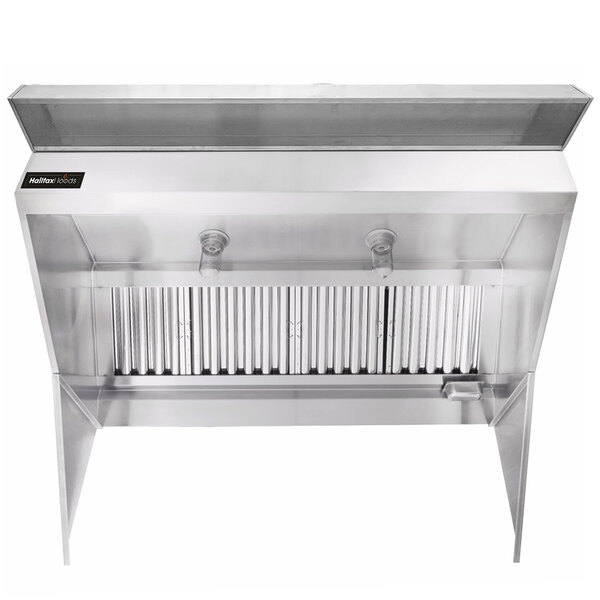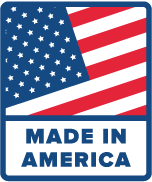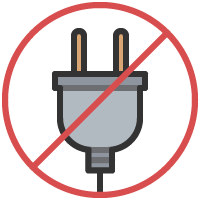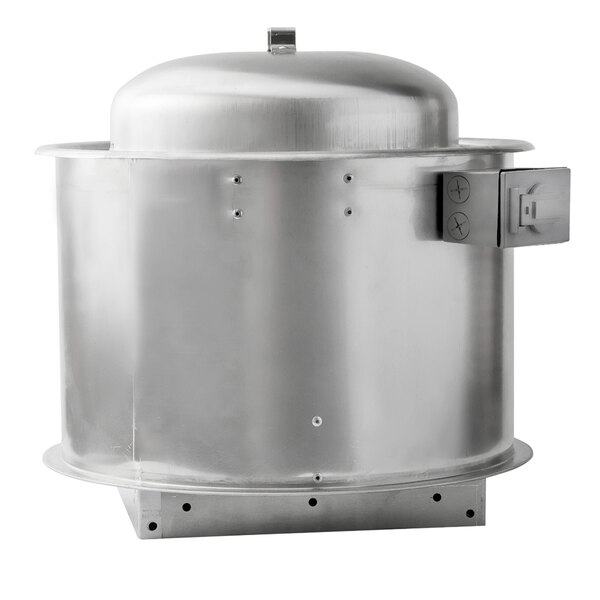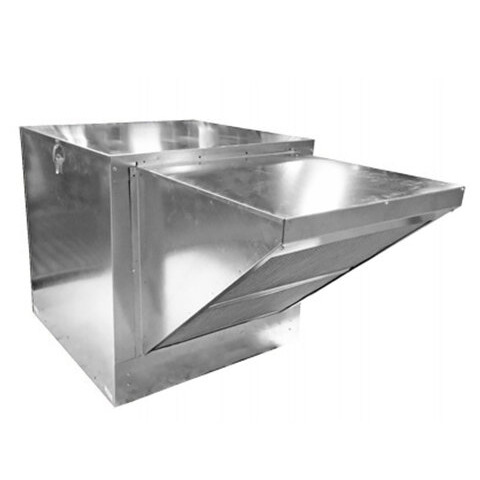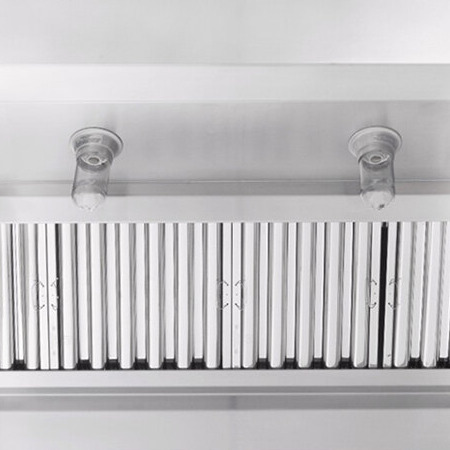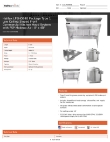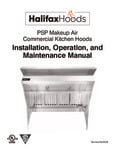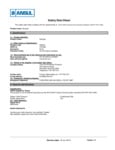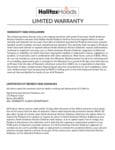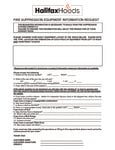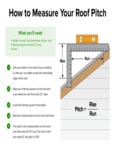Does my hood package include a control panel for operating the fans and lights?
Hood packages do not include control panels with the package. A control panel is often provided by the installer, or it can be purchased separately.
How do I choose the right hood for my application and local codes?
Each local jurisdiction has different rules and regulations regarding exhaust hoods. We recommend you contact your local authority to obtain the specific requirements and regulations for your intended application in your respective jurisdiction before placing your order; typically the approval authority will be the building, fire, or health department. We may also reach out to gather additional information about the layout of your application to help ensure that this hood will meet your needs and suggest modifications so that you are getting the best performance possible for your specific layout. For further assistance in selecting the right hood for your application, please contact our Customer Solutions team.
How do I know what size hood I need?
To be compliant with NFPA and International Mechanical Code, canopy hoods must be sized to have a minimum 6” (152 mm) overhang beyond the top horizontal edge of the surface of the cooking appliance on all sides. To size your hood accordingly, measure the horizontal distance (width) of the cooking surface, add 12" to cover the 6" for each side, and round up to the nearest foot. Example: You have a 36” flat top griddle, 24” charbroiler, 24” range, and a 16” deep fryer. This setup has a total width of 100", plus 12" for overhang, which is 112" or 9 feet 4". Round this up to a 10' hood.
I am interested in an “island” type hood in the middle of the kitchen. Where can I order this type of hood?
Island hoods require a quote from our special orders team. Please email Customer Solutions with any questions.
I am interested in ordering fire suppression with my hood, what is involved in that process?
Fire suppression systems are frequently required by code for type 1 hoods, and need to be designed to fit the specific layout of your cooking line.
Kidde Systems use APC (Aqueous Potassium Carbonate) wet chemical fire suppression. The tank is typically exposed unless a cabinet is requested. They come pre-filled.
Ansul Systems use Ansulex wet chemical fire suppression. The tank is typically installed in a wall-mounted cabinet. They must be filled and charged.
Both systems meet UL300 standards, and will require a certified fire safety installer to hook up, test, and pass inspection.
Follow these simple steps to add a system to your hood!
1.) Choose whether you would like an Ansul Deluxe or Kidde fire suppression system for your hood, under the "Fire Suppression" dropdown. The Ansul Deluxe system includes the gas shut-off valve, enclosure, chemical, and nitrogen cartridge.
2.) A member of our team will reach out to gather more information about your application so that the fire suppression system can be configured correctly. The sooner you provide answers to these questions, the sooner we can proceed with your order!
3.) If our team has any additional questions or concerns based on the information provided, we will work with you to resolve them and find the correct fire suppression solution for your business.
Is anything else needed to process my hood order?
Yes! In the Resources & Downloads section we list 2 forms – Receiving Agreement & Order Acknowledgement. These forms are required by the manufacturer to begin processing your order. We encourage you to promptly complete these forms after your order has been placed and email them directly to
[email protected] with your order number in the subject line. If you selected Fire Suppression as part of your hood package, please also complete and submit the Fire Suppression Layout form located in the Resources & Downloads section. A member of our team will also contact you after the hood is ordered to ensure completion of the forms and processing of the order.
My wall / ceiling is made from combustible materials. Will that pose a problem?
Many common building materials are considered non-combustible such as stone, brick, plaster, steel, concrete, and glass; however, if your walls, studs, joists, or ceiling are made of combustible materials such as light-weight wood framing or heavy timber, special accommodations must be made if the hood will be mounted within 18 inches of the combustible material. Some materials, such as drywall or drop tile, may vary based upon local codes. We recommend you consult your Authority Having Jurisdiction (AHJ) if there are any specific questions regarding what is considered a combustible material. We will work with you to determine if adjustments are necessary using the information you provide in the dropdowns and after your order is placed.
Will the layout of my facility affect the fan specifications?
The CFM ratings given in the description are what your hood will most likely be designed to perform at - however, factors like long duct runs, multiple duct turns, and high heat equipment like fryers and charbroilers may necessitate a more powerful fan with a different drive type or different specifications, and we will work with you to determine whether any modifications are needed after your order is placed. The fan specifications given in the description are reflective of most installations.
When I order this product, can I request liftgate delivery?
This item is too large and heavy for a liftgate. It can be delivered with a truck-level loading dock or forklift. Contact our Customer Solutions team prior to placing your order if you would like to discuss other delivery options.




